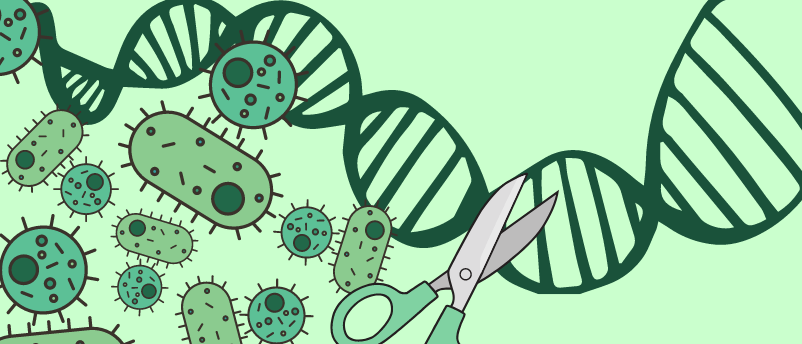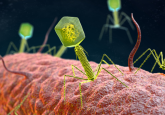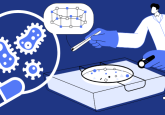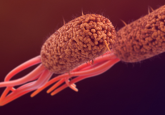Researchers discover new mechanisms contributing to antibiotic resistance

In a bid to better understand heteroresistance, researchers have identified two new ways that bacteria can increase their resistance to antibiotics.
Researchers at Uppsala University (Sweden) have discovered two new mechanisms in bacteria that can contribute to antibiotic resistance. This could help inform the improvement of resistance diagnostics and identify novel treatment strategies.
Antibiotic resistance is a significant global health concern driven by the misuse or overuse of antibiotics to control, prevent or treat infections. To select the most appropriate antibiotic for treatment, it’s important to identify how sensitive a pathogen is to various antibiotics. This is known as antibiotic susceptibility testing.
One limitation of antibiotic susceptibility testing is that it cannot detect heteroresistance, where a small subpopulation of bacteria is antibiotic-resistant within an otherwise susceptible population. Heteroresistance can complicate treatment and, through the selection of resistant subpopulations, accelerate the development of antibiotic resistance. Until now, the mechanisms behind heteroresistance have been poorly understood.
In the study, the team used a combination of genomic and phenotypic techniques to investigate the mechanisms of heteroresistance in a multi-resistant isolate of the intestinal pathogen Klebsiella pneumoniae. These included whole genome sequencing, genome mapping, fitness cost analysis and in vivo testing in a mouse model.

How can CRISPR edit out antimicrobial resistance?
The growing threat of antimicrobial-resistant bacteria is calling upon researchers to find alternative ways to treat these infections. Cue CRISPR-Cas technology.
The team identified three primary mechanisms as driving heteroresistance, including two newly discovered. These mechanisms both involved plasmids, small rings of free DNA that bacteria use to store genes.
The mechanisms were: the amplification of resistance genes, an increase in plasmid copy numbers and the movement of resistance genes onto cryptic plasmids (plasmids with an unknown function).
“Bacteria can actually use three different mechanisms, all of which can occur in parallel in the same bacterium, to temporarily increase the number of copies of resistance genes and thereby generate antibiotic resistance,” said first author of the study, Hervé Nicoloff.
“All three mechanisms are unstable and can quickly revert to sensitivity in the absence of antibiotics. This makes it more difficult to detect the resistant bacteria during a clinical examination, as they disappear so quickly. Given what we now know, it is important to be able to develop better diagnostic methods that can detect increased antibiotic resistance,” added Helen Wang, senior author of the study.
In addition to better diagnostics, the findings of this study also highlight the need for treatment strategies that address the interplay of plasmids, resistance gene repeats and the jumping of resistance genes between plasmids.





